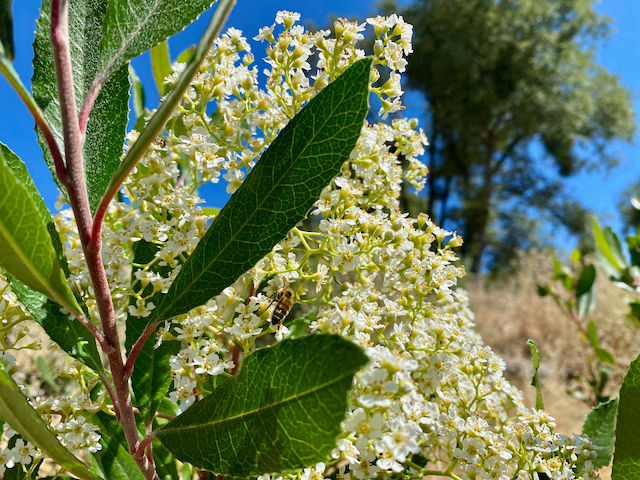Hoorah for Moisture on the Vernal Equinox!
- Sean Kriletich
- Apr 12, 2023
- 2 min read
In the great Central Valley, a white carpet of almond petals coats the bare earth. In the foothills, the peach blossoms still cling to the trees, while the frogs renew their nocturnal chorus. In the dawn’s light, the fox’s crisp bark silences the frogs, signaling the birth of her pups. Higher up in the rugged mountains, crystalline water forms a thick blanket, sheltering everything from soil microbes to black bears.
It’s the spring equinox, the point when the sun is directly over the equator and the entire planet is receiving equal hours of day and night. The mostly dry winters of this millennium have brought swift transitions from spring-like winter to hot, dry summer, but this winter carries the hope of a rejuvenating spring.
This winter’s deep snow and consistent rain provide the nourishment that our eco-system is founded on. With this water the pine trees will produce enough sap to pitch the beetle larvae out of their trunks. As the grubs are pushed out, a host of birds will gobble them up. In turn, we humans can enjoy the twitching red head of the western tanager, the soothing blue of the mountain bluebird and the gregarious swoop of the acorn woodpecker. Come autumn, these same woodpeckers will be scrapping with the long-eared tree squirrels over the rich acorn crop this water is likely to set on the oak trees.
The wind, rain and snow we may have cursed over the winter means life here can survive, even thrive, for another trip around the sun. One year of above-average precipitation in ten won’t recharge the aquifers, but it will rejuvenate this spring that renews all that sustains and supports us.





Comments